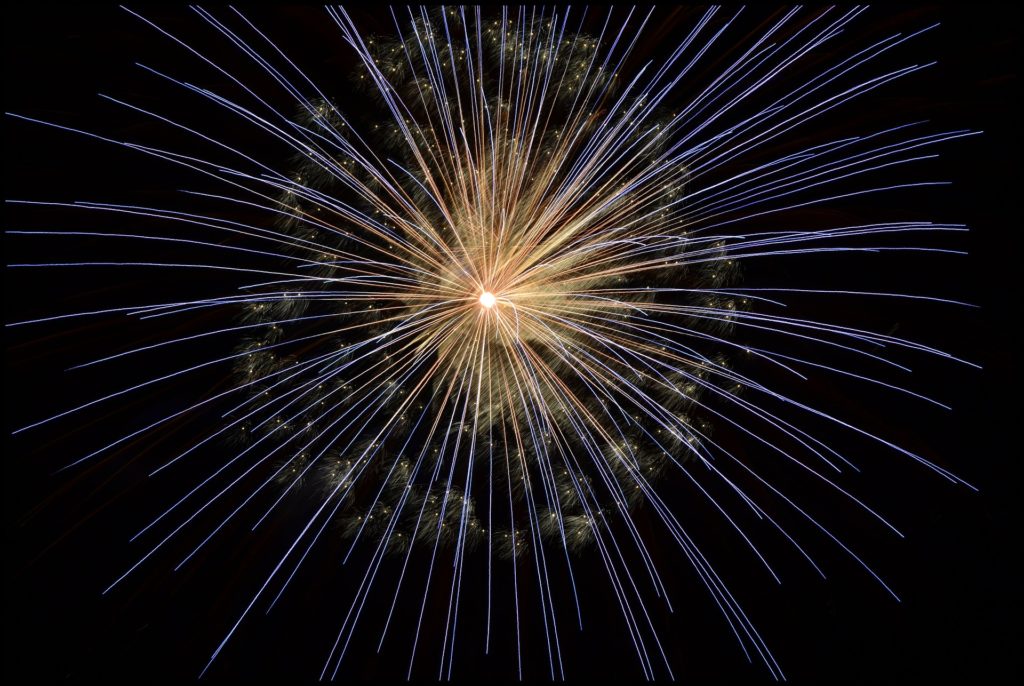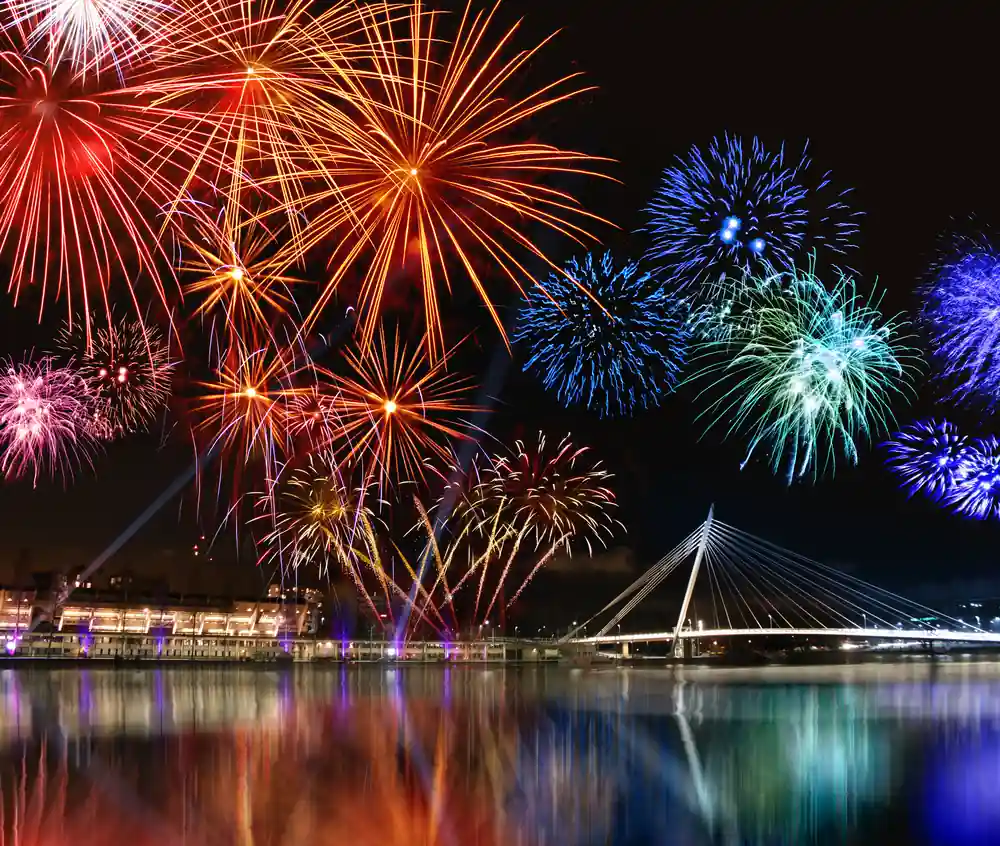A School Chemistry Lesson on Fireworks
Fireworks don’t just look stunning they are also quite educational! The chemistry that goes into building fireworks is complex and interesting. It can even be a fun way to teach children about the basics of chemistry with some fun experiments.

Here are some of our favourite chemistry experiments to make with children – whether you are a science teacher or a parent looking to entertain your kids!
Create the Stunning Colours
Firework colours are all about chemistry and you can create them with the help of some basic tools. The colours you create are made exactly the same way as they are inside fireworks!
You’ll need:
- A fire-safe surface
- Paper fuse – make it by soaking a coffee filter in a concentrated potassium nitrate solution and let it dry before use.
- 7 small sheets of paper for each colour pile
- Gloves and masks to avoid inhaling the chemicals (they are non-toxic, but it’s good to be careful)
- Matches to light the flame
The metal salts you need for each colour:
- White flame –7 parts potassium nitrate, 1 part sulphur and 1 part antimony sulphide
- Purple flame – 1 part copper sulphate, 1 part sulphur and 1 part potassium chlorate
- Blue flame – 8 parts potassium chlorate, 4 parts sulphur, 2 parts copper sulphide, 1 part copper oxide and 1 part charcoal
- Green flame – 12 parts barium nitrate, 3 parts potassium chlorate and 2 parts sulphur
- Yellow flame – 6 parts potassium chlorate, 2 parts sodium oxalate, 2 parts charcoal and 1 part sulphur
- Red flame – 4 parts strontium nitrate, 4 parts potassium chlorate, 2 parts charcoal and 1 part sulphur
Mix the metal salts for each individual colour while wearing the mask and gloves. Place the metal salts in individual piles on top of the paper sheets and add a small strip of paper between each pile. This ensures they lit up one after each other. Light up and enjoy the show!
Shoot up a Rocket
There’s something amazing about the way fireworks, such as rockets, shoot up in the air. You could show the science behind this with this safe little experiment.
It’ll get messy, so you want to do this outdoors!
You’ll need:
- Safety goggles
- 16 oz. bottle
- A rubber stopper
- Tablespoon for measuring
- Baking soda
- Strong tape
- Scissors
- 3 pencils
- Funnel
- Vinegar
- Paper towel
Cut about 12 inches of the tape and tape the three pencils to the bottle in a way that holds the bottle upright (the top part of the bottle facing down). Use the funnel to pour vinegar inside the bottle, filling it half way. Separate the paper towel into two and tear of a small piece off the single layer.
Measure one tablespoon of baking soda and pour it on top of the paper towel. Wrap the paper towel to hold the baking soda inside. Now you’ll need to be quick! Place the paper towel inside the bottle, close with the rubber stopper, and shake gently. Place the bottle (the top of the bottle facing downwards) on the ground and watch it shoot off immediately.
Here’s a YouTube video to show each step:
Showcase Sparklers
Finally, you can create a lovely sparkly show and teach about the combustive oxidisation of iron. This is often used in fireworks as the sparkling effect and it creates little crackles.
You’ll be dealing with burning material here, so you want to do the experiment outdoors or under a fume hood. Kids should stand far enough and preferably use safety goggles. The experiment is indeed a great way of talking to kids about the safety precautions for using fireworks.
You’ll need:
- A fire-safe surface
- A torch for lighting the flame
- Plain steel wool
- Potassium chlorate
Fluff up the steel wool to ensure there is air between the iron voids. Place it on the fire-safe surface and just lit up! It’ll create a lovely sparkling effect, as the iron reacts with the air to form iron oxide.
If you want to make it a bit more spectacular and create some smoke as well, just add potassium chlorate into the steel wool. Mix equal mass of potassium chlorate to the iron inside the steel wool.
You can view the reaction here:
The above chemical experiments are perfect for showcasing kids the science behind fireworks!
Share to Social Media
Subscribe for the latest news and blog updates
You might also be interested in
Fireworks continue to be a beloved choice for entertainment, offering endless fun and versatility. With each passing year, new and...
Our lineup for new firework selection boxes 2024 is nothing short of spectacular. We’ve curated the finest assortment of rockets,...
Brightstar has once again raised the bar with their new fireworks collection. Established in 1992, Bright Star Fireworks continues to...



